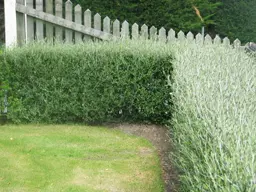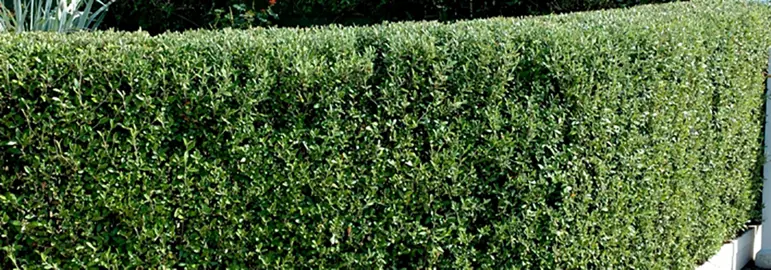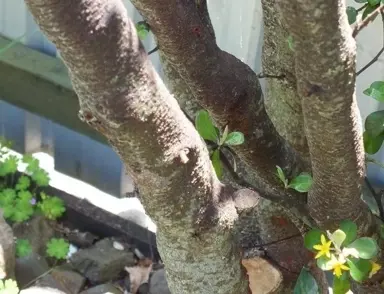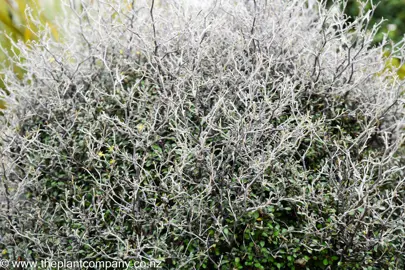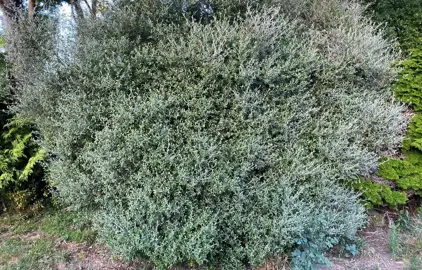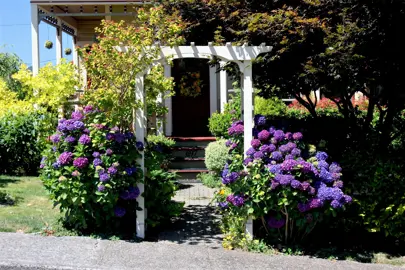How Far Apart Should Corokia Be Planted For Hedging?
Corokia make amazing hedges (both formal and informal) and to create an outstanding hedge The Plant Company recommends spacing them 40-50 cm apart. The faster you want the hedge to fill in, the closer they should be planted is the general rule. With this planting regime they will close in quickly and also push each other upwards as they compete for light. The result is a fabulous hedge every time.
